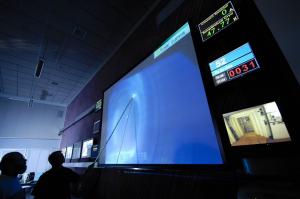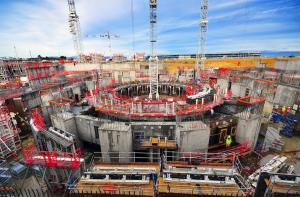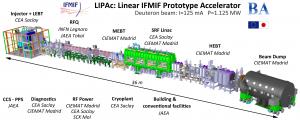What’s New
11 January 2016
ITER news digest for the period of 4 January 2016 to 11 January 2016.
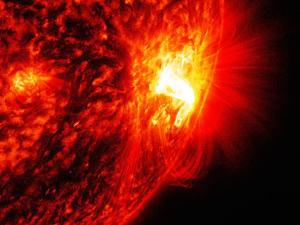
Impending storm or false alarm?
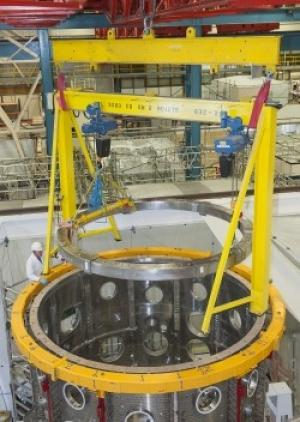
MAST tokamak: a year of progress in three minutes (video)


